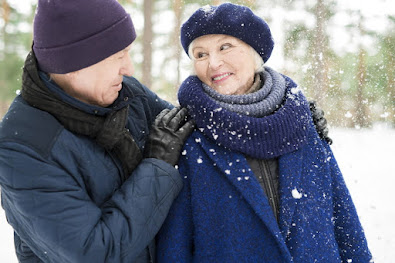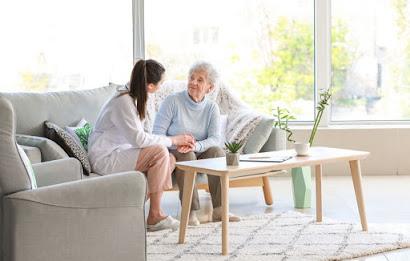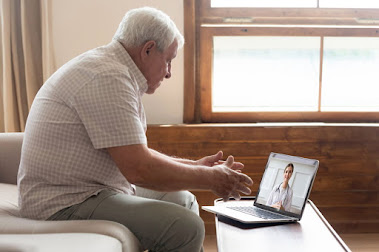It’s
a spooky season! Even with a pandemic in effect, it is still possible to carry
on fun traditions central to this exciting time of year. With Halloween just
around the corner, you can definitely still take out the decorations, plan
costumes, and stock up on candy. People of all ages can enjoy this holiday, so
it’s time to start some new, COVID-safe Halloween traditions with the family.
- Visit a pumpkin patch. While it is possible
to buy your Halloween pumpkin from the grocery store, choosing it from a
pumpkin patch is a fun day out that the whole family can take part in.
With COVID-19 still among us, it’s important to call ahead or visit the
website of the pumpkin patch before visiting. Duffield’s
Farm near UMC at Pitman has new rules and procedures in place to
keep all visitors safe, while they enjoy timeless traditions like
hayrides, apple picking and pumpkin picking.
- Have a classic
Halloween movie marathon. In the week leading up to October 31st, pick one
Halloween movie to watch each night at home. It’s a sure-fire way to get
into the Halloween spirit, plus you’ll never get sick of watching the
classics. We recommend starting with It’s the Great Pumpkin,
Charlie Brown. If your kids are older they’ll enjoy movies
like The Nightmare Before Christmas, Ghostbusters, and The
Addams Family. Your preferred streaming service should have a wide
selection of Halloween-themed movies for people of all ages, so check it
out and start planning your movie marathon now!
- Host a haunted backyard. Instead of decorating
the inside of your home like a haunted house, move the decorations
outdoors. Hosting a haunted backyard is more COVID-safe, and a great
opportunity for long-lost friends and family that live elsewhere to come
by for some Halloween fun. You can still go all out with decorations, fog
machines, spooky soundtracks, and scary
window projectors, or opt for a more kid-friendly version.
Whichever option you choose is guaranteed to fright and delight all who enter! With masks and proper social distancing in place, there’s no reason why close friends and family can’t stop by for a quick spooky tour. Don’t forget to have each member of your immediate family pop-out to give visitors a scare! - Tell scary stories by
candlelight. Who doesn’t love a classic ghost story? Light some candles, gather
your immediate family in the living room, turn off all the lights, and
share your best spooky tale. As each person finishes, have them blow out a
single candle. So when it’s time to tell the final story, only one light
is left. Perhaps a special prize is in store for the person who tells the
scariest story.
- Bake delicious
Halloween-themed treats. Cookies shaped like ghosts, pumpkins, and black cats;
orange and black cupcakes; and even spooky cheesecake – check out this
great list of 81
Halloween treats to bake at home. Baking delicious treats with
family is a great way to bond, make unforgettable memories and get into
the Halloween spirit.
Halloween
Fun Near UMC at Pitman
As
mentioned before, Duffield’s Farm is open and operating under new COVID-safe
guidelines. This means Halloween fun is far from cancelled this year! The best
part? This farm, that hosts hayrides, apple picking and pumpkin picking, is
only ten minutes away from our Pitman location.
For
more information about UMC at Pitman,
or if you have any questions about our other communities across New Jersey,
please contact United
Methodist Communities and book your visit today.
Original
content posted on https://umcommunities.org/blog/5-fun-covid-safe-halloween-traditions-for-families/



